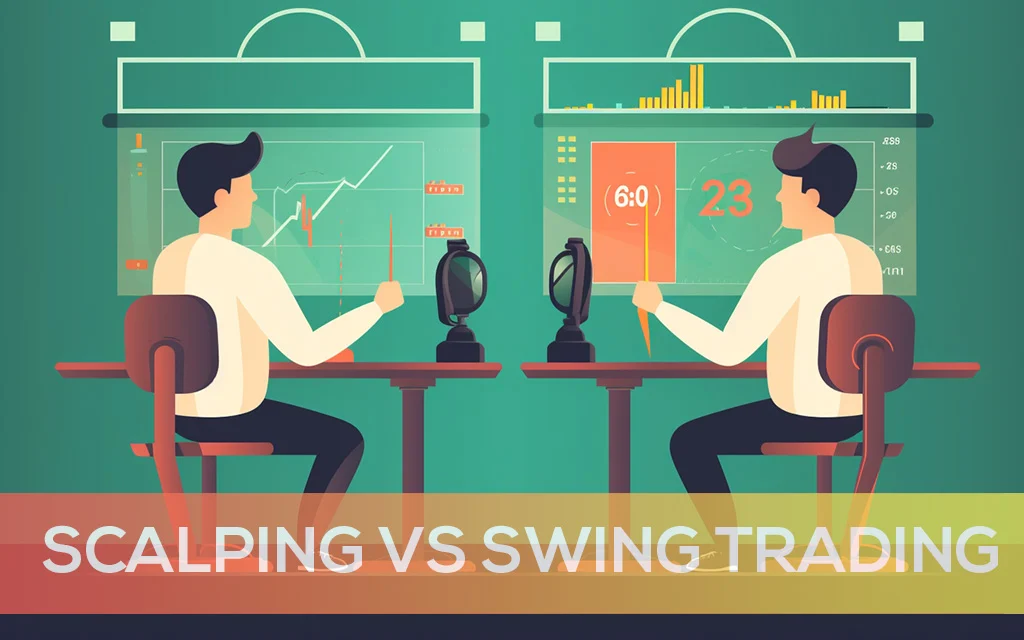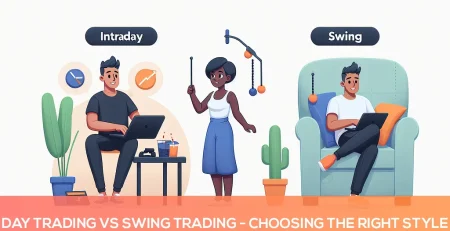Scalping vs Swing Trading: Which Strategy Suits You Best?
Navigating the world of trading can be daunting, especially when choosing between scalping and swing trading. Scalping is a fast-paced strategy where traders make numerous trades within minutes or even seconds, aiming to profit from small price fluctuations. In contrast, swing trading involves holding positions for several days or weeks to capitalize on more significant price movements. Each approach has its own set of benefits and challenges, making it crucial to understand which strategy aligns with your trading style, risk tolerance, and financial goals. In this article, we will explore the key aspects of scalping and swing trading, providing insights into which strategy may best suit your trading style.
What is Scalping?
Scalping is a fast-paced trading strategy designed for those who thrive on quick decision-making and rapid market movements. This approach involves executing numerous trades within a single trading day to profit from small price fluctuations. Scalpers often hold positions for just a few seconds to a few minutes, aiming to accumulate small gains that can add up over time. Utilizing high leverage and tight stop-loss orders, scalping demands a deep understanding of market dynamics, impeccable timing, and robust technical analysis skills. Tools like candlestick charts, moving averages, and volume indicators are crucial for identifying short-term opportunities in the forex market, particularly in high-volatility currency pairs. Scalping is best suited for traders who can dedicate substantial time to monitoring the markets, have a high tolerance for stress, and can implement a disciplined risk management strategies to maximize their risk-reward ratio.




Leave a Reply